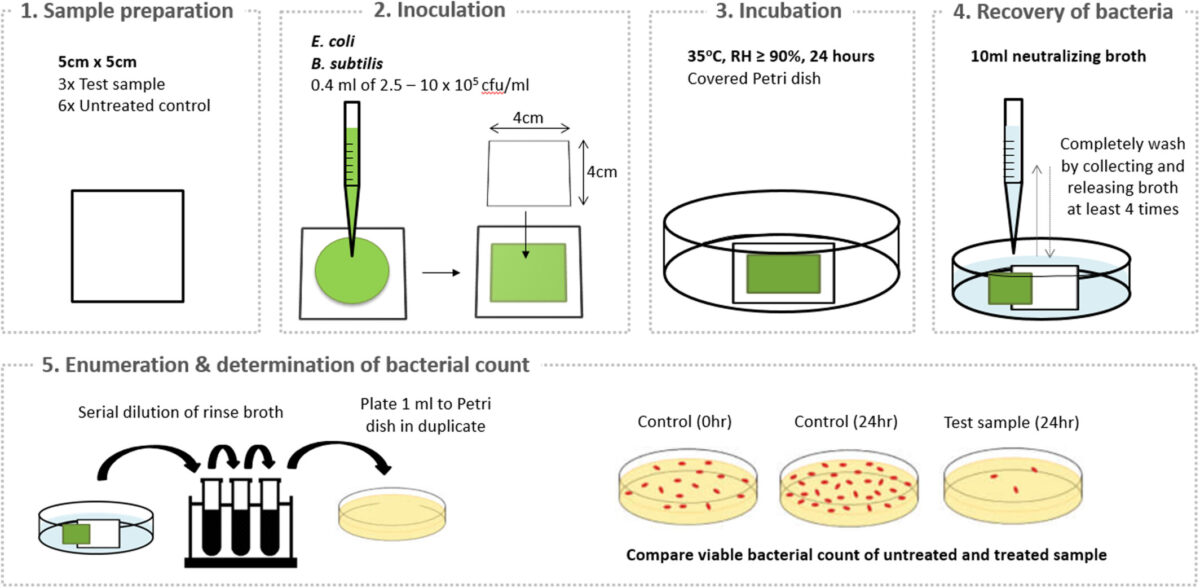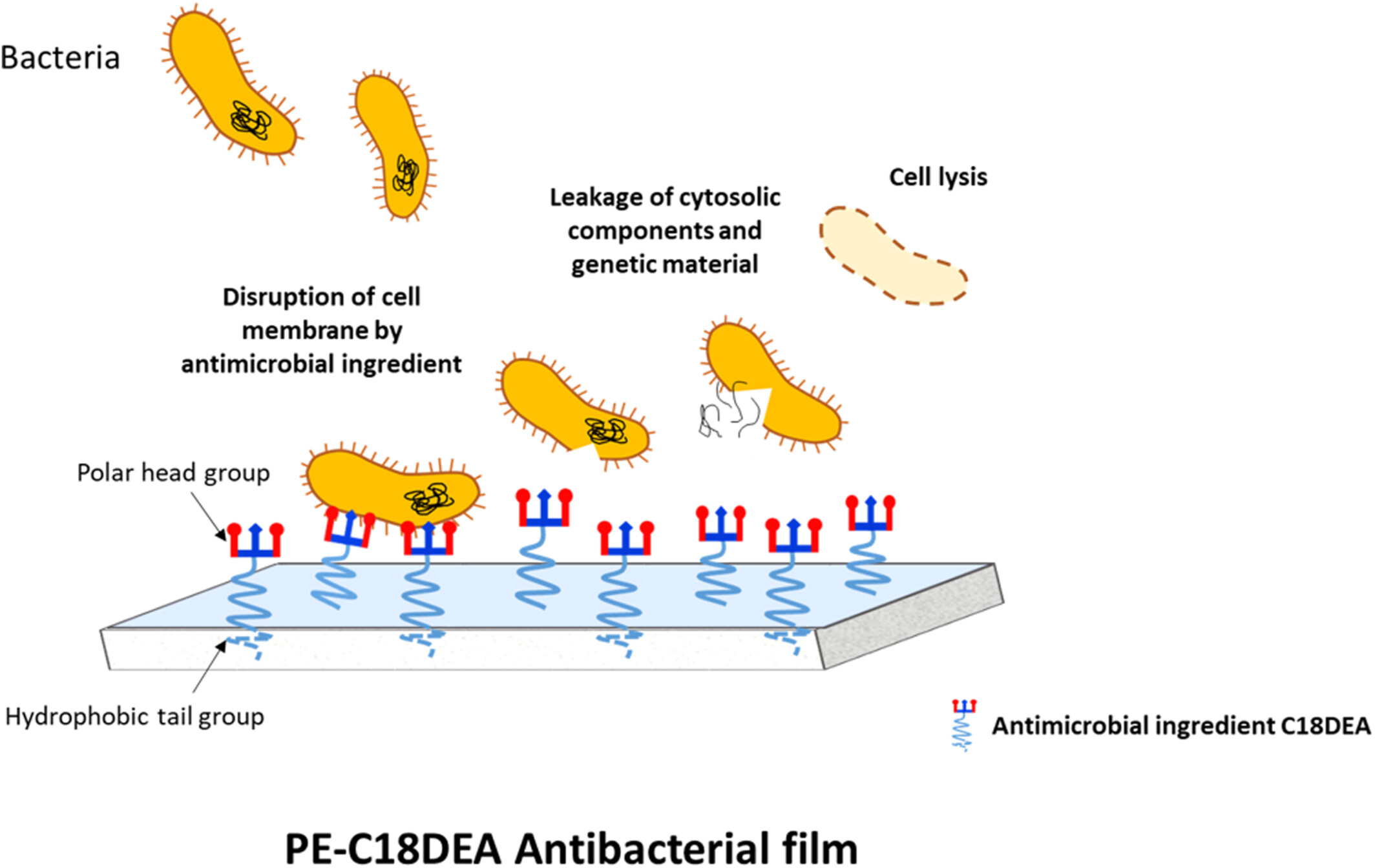Revolutionizing Hygiene and Food Preservation: Polymer-Based Antibacterial Films

In the face of escalating concerns over food loss, waste, and the imperative need for robust antimicrobial technologies exacerbated by the COVID-19 pandemic, a groundbreaking study introduces polymer-based antibacterial films. This innovative approach seeks to merge antibacterial efficacy with durability, offering a multifaceted solution to contemporary challenges.
At the core of this study is a polyethylene-based (PE) film, enriched with stearyldiethanolamine (C18DEA) as the active antibacterial ingredient. The primary objective is to curtail bacterial growth on the film’s surface, presenting a compelling case for its integration into diverse applications.
The investigation delves into the intricate antibacterial mechanism, revealing a broad-spectrum bactericidal effect on both gram-positive and gram-negative bacterial strains. The proposed mechanism suggests that the alkyl chain of C18DEA plays a pivotal role in disrupting bacterial cell membranes, inducing irreversible damage and ultimately leading to cell death.
Durability Under Rigorous Conditions
The study goes beyond theoretical insights, subjecting the developed films to rigorous conditions. Remarkably, these films exhibit robust durability against elevated water temperatures and harsh light exposure. The resilience of antibacterial function, even under such challenging conditions, positions these films as formidable contenders for various applications.
Scanning electron microscopy (SEM) analysis offers a vivid portrayal of the films’ impact on bacterial cells. Even at a lower concentration of 800 ppm C18DEA, the films induce damages to bacterial cellular structures, culminating in cell lysis. This microscopic evidence further validates the potent antibacterial effects of the proposed films.

Hypothesis of antibacterial mechanism of action of PE-C18DEA films on bacterial cells. The figure illustrates the proposed mechanism of how the films exert their antibacterial effects. The non-polar alkyl chain of C18DEA is hypothesized to interact with bacterial cell membranes, leading to membrane disruption, cell leakage, and eventual cell death.
Paving the Way for Applications
The overarching promise of these polymer-based antibacterial films extends across a spectrum of applications. From extending the shelf life of perishable foods to advancing hygiene management, the durability and potent antimicrobial effects position these films as transformative agents in the realms of safety, hygiene, and food preservation.
In conclusion, this pioneering study heralds a new era in antimicrobial technology, seamlessly integrating polymer films into the forefront of the global fight against bacterial threats, offering a sustainable and effective solution to pressing challenges.
You can learn more about this topic in the article “Mechanism of a novel antibacterial polymeric film with freshness-retentive and hygiene-keeping functions,” by Yen Ying Hong, Anjali Madhavan Shijo, Junichi Narita, appearing in the December 2023 issue of SPE Polymers.
